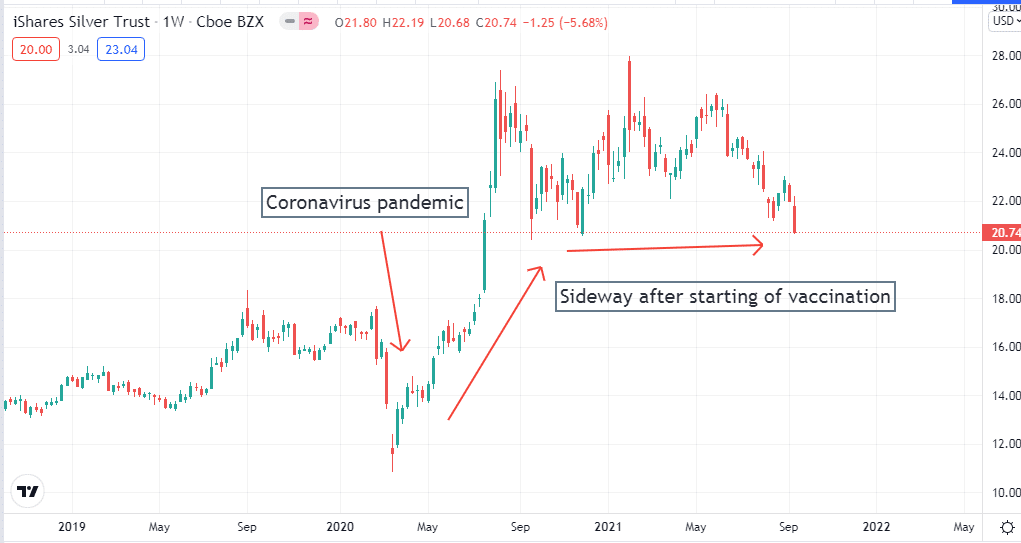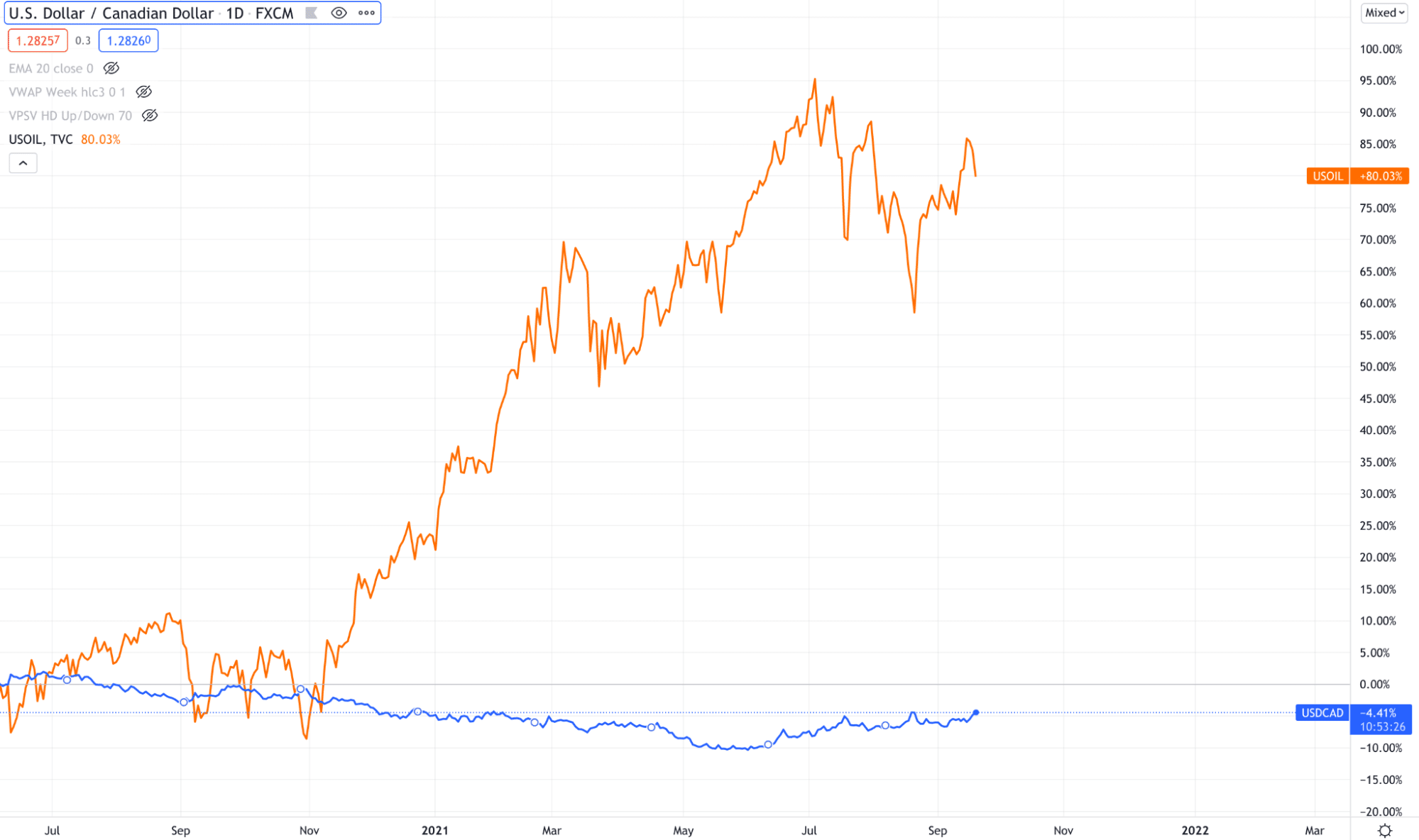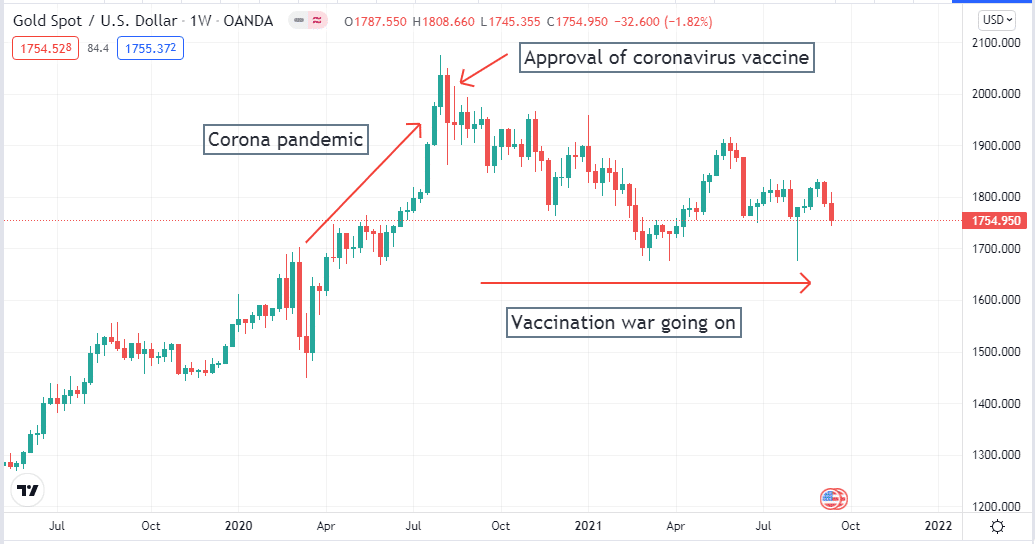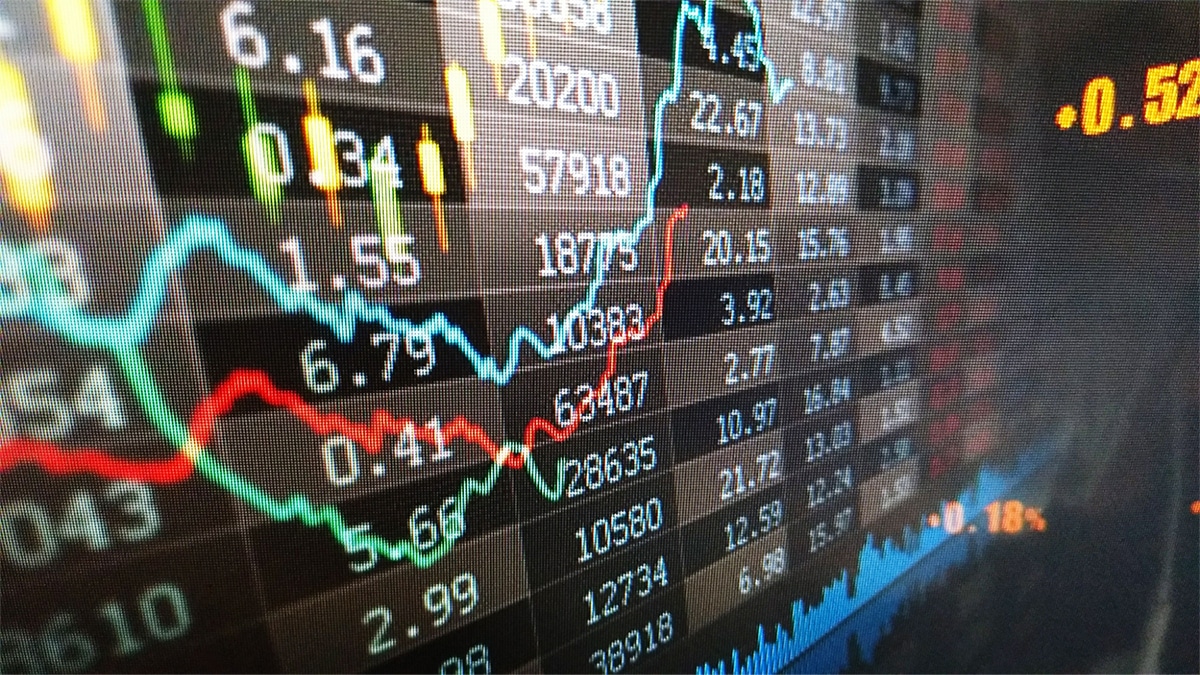Commodities are assets classes that many investors choose for primary investment. Commodity trading often provides more profit than traditional currencies, stocks, bonds, etc. Many traders invest in commodities as an alternative option when uncertainty or fall occurs in currencies or stocks.
However, there are several ways to approach commodities in trading. The most beneficial fact is that there are enormous instruments that a trader can follow in commodities.
This article contains information about commodity sectors that might help you trading commodities, such as advantages, disadvantages, risk management, commodity ETFs, investment procedures, and best assets to trade.
What are commodities?
Commodities are demandable global items that are fragile assets. They are day-to-day assets that either you consume directly or produce other products. It can be a natural resource that you can collect by mining or in different ways. Meanwhile, you can also grow them on cattle, chickens, soybeans, corn, etc.
You can group these assets into several sections depending on their characteristics and attributes — like hard and soft commodity assets.
- Hard ones are drilling or mining resources such as gold, oil, coal, aluminum, silver, neutral gas, etc.
- On the other hand, soft ones are ranching or growing products such as rice, beans, livestock, etc. This difference is an essential factor for choosing tradable commodities.
How to invest in commodities?
There are several ways to make money from these assets, including holding the actual asset or anticipating the price movement. If you are new in this sector and want to diversify your trading portfolio, you must follow the rules that we will see in the below section.
Commodity producers stocks and bonds
Purchasing stocks and bonds of the commodity producers is a practical way of investing in these assets. Many of them, such as agricultural producer Archer-Daniels-Midland Co., oil giant Exxon Mobil Corp, are on the member list of the S&P 500 index.
Another one, BHP Group, a Melbourne, Australia-based company that extracts various commodities such as coal, iron, copper, operates in more than dozens of countries. These are examples of many other companies that do this kind of business across the globe.
Commodity ETFs
They have become a famous method of investment among people. Popular commodity ETFs are GraniteShares Gold Trust, iShares Silver Trust, etc.

Buy physical commodities
In the local and international offline market, you can buy and sell physical commodities to profit. Some popular and demandable physical assets are platinum, gold, silver, etc. Check on the dealer’s profile and reputation before purchasing.
Invest in commodities as an inflation hedge
It is a general characteristic in commodities that has correlations with fiat currencies. Their price rises with increasing inflation.
CFD trading
Many brokers allow CFDs in commodities trading. In that case, you are not holding the actual asset, but you are analyzing the price movement and anticipating the future trend. In this way, you can make profits from the price movement.
If you are right, you can earn the money that you would make with the current asset. On the other hand, if your prediction goes wrong, you have to incur a loss.
Risk factor for investing in commodities
Although commodities are potential investments, there are some risk factors involved in commodity trading. Several uncontrollable factors affect commodity prices, such as new technologies, foreign events, political unrest, weather, and even rumors can affect the price movement of commodities.
When you want to start trading commodities, make sure to follow factors that are affecting the market. Commodity trading involves some other risk factors such as margin risks, credit risk, volatility, and market risk. These are common risks that commodities share with other financial assets.
Advantages of investing in commodities
This part includes the advantages or positive factors of investing in these assets.
Diversification
Commodities reflect only the real world’s supply and demand, differentiating them from other financial assets such as bonds or currencies. This diversification feature of commodities makes them a unique type of asset class. However, this feature of diversity doesn’t guarantee profit forever.
Potential return
Several factors such as inflation, supply-demand, the economy’s health, exchange rates, pandemic, etc., influence commodity prices. Commodities manage to have a good return percentage in comparison to other financial assets. When you have a chance of getting more, that may involve risking more. So always follow risk management rules at trading commodities.
Potential hedge against inflation
Commodities are alternative investments in times of crisis. Increasing inflation causes depreciation value on currencies. On the other hand, this uncertainty creates an increasing demand for commodities. So you can trade commodities to hedge investment against fiat currencies. In this way, the value of your wealth won’t decrease.

The above image shows how the WTI crude oil and USD/CAD correlates with each other.
Safe-haven asset
Commodities are a safe-haven asset during the uncertainty. For example, the recent Corona pandemic caused a huge negative impact on the world economy, so the demand for currencies, stocks, and bonds value was depreciating during the whole uncertainty period of the health crisis. Meanwhile, some commodities rise sharply during the period, such as gold, silver, etc.

You can check on the popular commodity, the gold chart, during the pandemic period. Your concept about uncertainty impact on commodity price will be clear if you also check the vaccine invention and approve of that vaccine impact on the price movement of this precious metal.
Limitations of investing in commodities
This part contains the unfavorable factors or limitations of investing in commodities.
Volatility
Commodities are highly volatile assets. You can lose your capital if you can’t deal with volatility. Several affecting factors, government regulations, worldwide conditions, economic conditions, import controls, world events, etc., cause volatility in commodity prices. You have to be aware of these events while trading commodities.
Asset concentration
Commodities have characteristics of diversification features. So asset concentration can be another issue for investing in commodities. Commodity funds have a particular investment in very few industries. So investing in a specific fund may cause risk while others may grow in the meantime.
Emerging and foreign market exposure
Despite all other associated risks, these commodity funds carry risks with investing in emerging and foreign markets. That also includes volatility from economic, political, and currency impermanence.
Final thoughts
Finally, these are the basic facts that every commodity trade should know. Knowing these facts will help to sort out the possibilities and limitations of commodities. However, making profits from commodity trading depends on several factors for individuals, such as investment type, return expectation, duration of investment, capital size, etc. We suggest having a complete strategy before making any investment in commodities.
